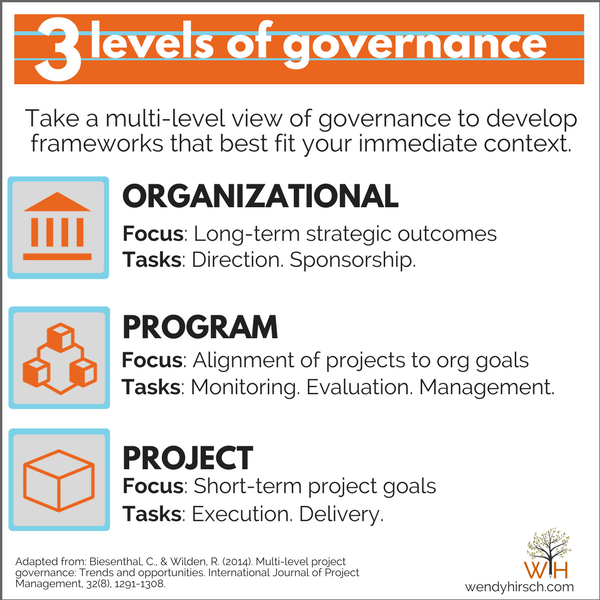

A data user should be able to browse related metadata objects and view data lineage. Metadata analysis: Understanding the meaning of data, different and similar business terms, and calculated values.Users should also have a good idea about what is available in general. Speed of search: A data user should be able to find the data they need, verify it is indeed the data they were looking for, and start using it.Data consumers primarily care about data availability and data reliability. What are the goals of data governance?ĭata Governance solutions put the rules and processes in place to achieve several goals for your organization. These individuals will compile together the rules and processes that will govern how the company handles the organization's data and make the information available to all relevant parties. Usually, this is driven by the data governance office and executed by data stewards. These consumers can be humans (very often referred to as "the business") and machines (think operational applications such as CRM, ERP, as well as external and internal APIs). Our definition specifically mentions data consumers because they are the main benefactors of data governance. Data governance is a set of principles, policies, and processes put in place by an organization that ensures data availability, quality, and security for data consumers within that organization.


 0 kommentar(er)
0 kommentar(er)
